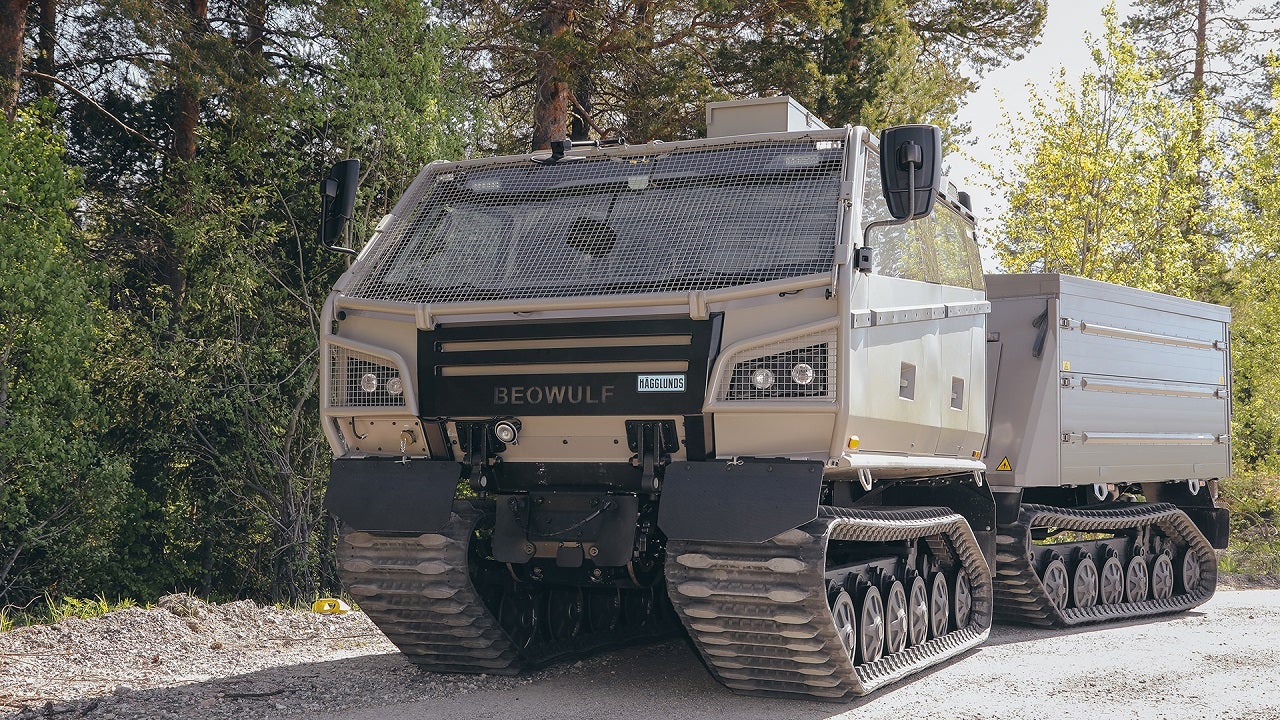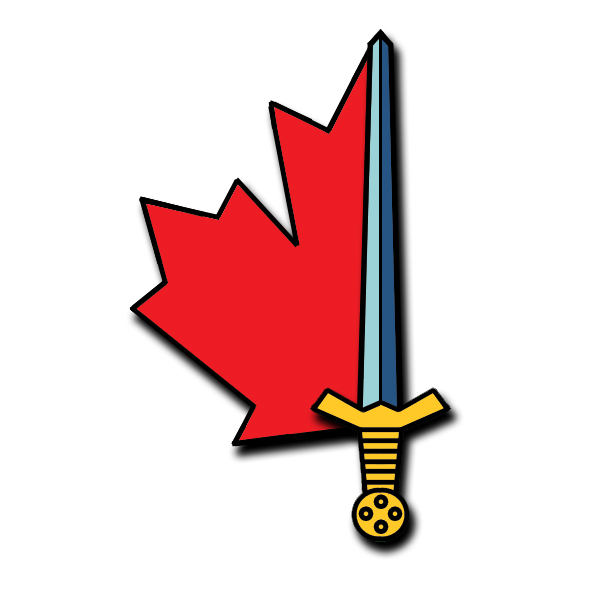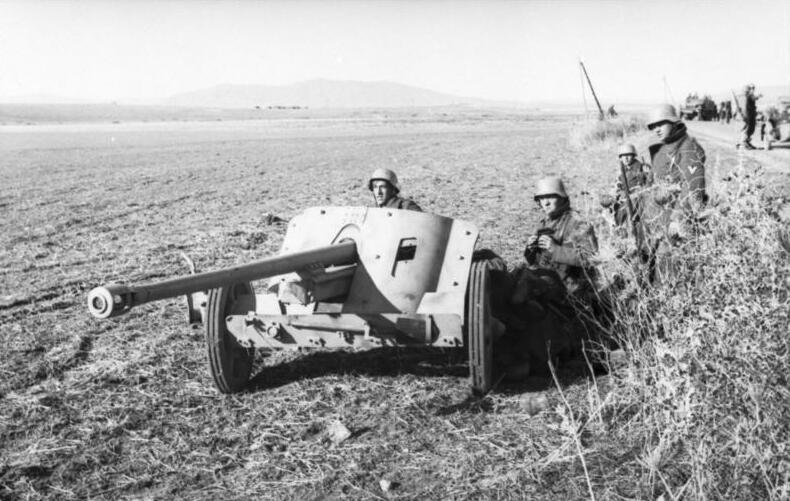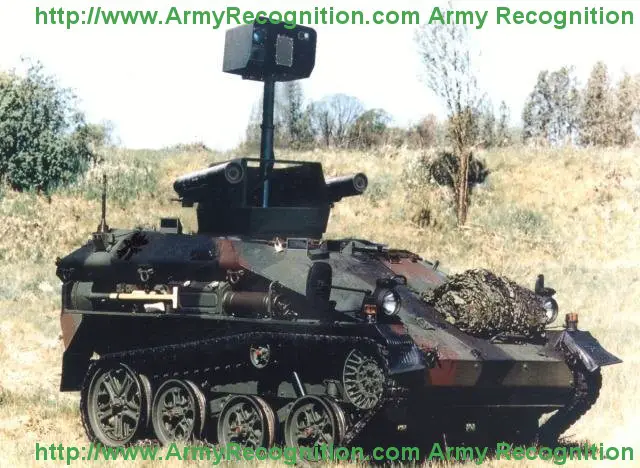Some of it specifically falls within the NATO definition of "defence expenditure", and a lot of it could be shoehorned in. Just as other member countries will tally their Ukraine expenses using that metric, so should Canada.
What that 2% NATO commitment includes
"NATO defines defence expenditure as payments made by a national government specifically to meet the needs of its armed forces, those of Allies or of the Alliance. A major component of defence expenditure is payments for Armed Forces financed from within the Ministry of Defence (MoD) budget. Armed Forces include Land, Maritime and Air forces as well as Joint formations such as Administration and Command, Special Operations Forces, Medical Service, Logistic Command, Space Command, Cyber Command, etc. They might also include "Other Forces" like Ministry of Interior troops, national police forces, gendarmerie, carabinieri, coast guards etc. In such cases, expenditure is included only in proportion to the forces that are trained in military tactics, are equipped as a military force, can operate under direct military authority in deployed operations, and can, realistically, be deployed outside national territory in support of a military force. Also, expenditure on Other Forces financed through the budgets of ministries other than MoD is included in defence expenditure.
Pension payments made directly by the government to retired military and civilian employees of military departments is included regardless of whether these payments are made from the budget of the MoD or other ministries.
Expenditure for peacekeeping and humanitarian operations (paid by MoD or other ministries), the destruction of weapons, equipment and ammunition, contributions to eligible NATO managed trust funds, and the costs associated with inspection and control of equipment destruction are included in defence expenditure.
Research and development (R&D) costs are included in defence expenditure. R&D costs also include expenditure for those projects that do not successfully lead to production of equipment.
Expenditure for the military component of mixed civilian-military activities is included, but only when the military component can be specifically accounted for or estimated.
Expenditure on NATO common infrastructure is included in the total defence expenditure of each Ally only to the extent of that nation's net contribution. War damage payments and spending on civil defence are both excluded from the NATO definition of defence expenditure."
Be that as it may It still seems like a cheating way to fulfill an obligation.










